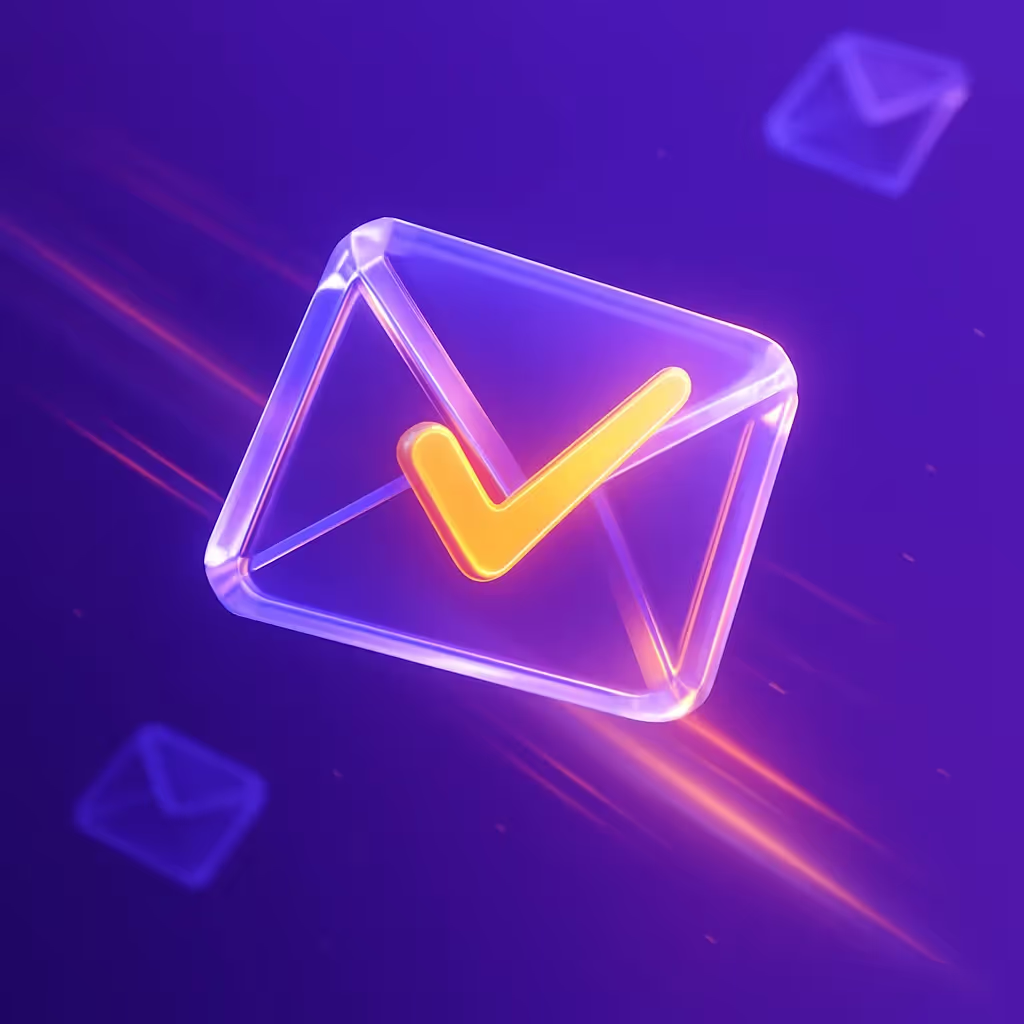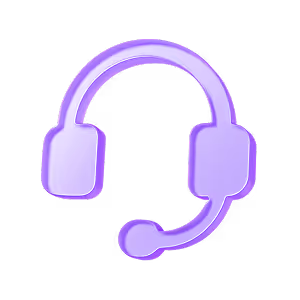Email has been, for many years, the main tool for prospecting and closing new customers. Companies from any sector (education, technology, services, tourism, etc.), use email as the main tool for managing potential customers. For this reason, today I want to give you, from the experience of Overloop as a sales automation tool, a series of tips to close more deals with your sales emails.
TL;DR
Here is a summary of all the tips contained is this article:
- Check your sender's name
- Check your subject
- Be vague
- Write a good introduction
- Add a call to action
- Send followups that: resume contact, advance in the value proposition, try to get a clear and simple answer from the prospect
- A/B Test
- Focus on building relationships
- Be authentic
- Personalize your message to the maximum
- Find out about your prospect and talk about their achievements
- Take care of all the details
- Focus on the customer, be empathetic
OK, let's go!
First of all, if you have not yet read our post on how to write a successful cold email, I recommend that you take a look at it to get a first general idea of some of the key points of all email. But, beyond that first cold email, today I want to talk about how to optimize an email with a commercial proposal to generate trust in your prospect and transform him into a new client. Interesting, right? Start!
Structure of a successful sales email
Let's analyze, first of all, some key points that every sales email should meet. So you can take them as a reference when setting up your cold email campaigns and you will have a base on which to work.
Anatomy of a Successful Sales Email
It has been a few years developing email marketing campaigns, since Overloop began its journey. And, during all this time, we have had the opportunity to contrast which are the key pieces of a successful sales email or, at least, which are the ones that will contribute to increase the probability of success of your next shipment.
- Subject line. There has been a lot of talk about this short piece of text which, so to speak, is our first cover letter when our email reaches the inbox of a prospect who didn't know us at all previously.
Any user's inbox is usually full of messages, both from known and unknown sources. And we have less and less time available, so we do not usually open each and every one of the emails that arrive at our mail client to read them in depth. Instead, it's usual to do a first sieve from the same inbox, based on two key factors:
- The name of the sender, which will inspire us more or less confidence depending on whether it is someone we already know, belongs to a well-known company in the sector or, simply, for a mnemonic issue is familiar or interesting (this last part is the one that we can least control, but there is always a small random component that we should not discard).
- The subject line. This is where you should try to give the best of yourself to find that message that, within all the emails that have reached your prospect's inbox, makes yours stand out and draw their attention above the rest.
A well-thought-out, hooked subject line will literally make the difference between a high or low open rate when sending cold emails in bulk. Always keep these tips in mind:
- Focus on the customer. Do not talk about you in this line, because your prospect will lose all interest. Instead of writing something like "I have the best sales management solution on the market," it's more interesting to write something like "Do you need to automate your sales?
- Be vague. Make the recipient of your message want to know more, be mysterious. You should be left wanting to open your message and read it to know more. And here it is usually interesting to use resources such as questions or messages focused on the client, which make you want to look for the answer by opening your message. "You're going to love this," "What if I tell you you can automate your sales process? Messages of this style are usually effective in getting that response from the prospect.
- Introduction. It is the first part of the text of your email, which is usually visible before opening it from any email client. Therefore, it will also contribute to reinforce that first idea that you have launched in the matter. Of course, do not talk directly about yourself, or your product in this part, because you will make the prospect lose interest quickly. Tell him about him, what he needs, or some issue that may be of interest to him. The more personalized this part is, the more it will pique your curiosity. Something like, I've seen your last post on LinkedIn about it..." it can be a good way to finish breaking the ice and convince your prospect to open your email.
- Body of the sales email. At this point, you've managed to overcome the hardest part of sending a cold email: getting your prospect to open your message and read its content. Now is the time to give your prospect the information they need to take the next step and become a potential customer for your business.
My advice is not to be too direct in your sales proposal, because the recipient of your email still does not know you enough. He has barely seen a short subject line, which has piqued his curiosity and opened the email to learn more. But that does not mean that he is already convinced that he needs your proposal, that you can contribute something that he does not already have.
Focus on him, his needs and what you can bring to him. Don't talk directly about yourself or your solution, but rather be interested in starting a conversation. It is more interesting that you leave your message open to a response from your prospect, that you generate interest and trust, than to talk directly about solutions and prices. Remember that he still doesn't know you enough to make a decision about whether to move forward or not. It is preferable that he sees you as someone real and close, someone he can trust.
Of course, think about what goal exactly you want to achieve with your email. Schedule a call, get the customer to register for a free trial, get a reply message from them for more information, etc. That objective is what must mark the global approach of the body of the message, to pave the way for the call to action.
- Call to action. You have already explained to your prospect who you are, what needs you can help him solve and you have generated enough trust so that he wants to move forward in your business relationship (even if it is only a matter of responding to your email). Now it's time to make it clear to him what you want from him. Don't give room for ambiguities, be direct. But don't go straight to closing the deal in your first cold email, because it will generate distrust. Tell him what the next step is clearly. And never forget to be polite. Something like "Would you be available for a video call during this week?" is better than an aggressive call to action like "Click and schedule your call."
Follow-up emails
Any self-respecting email marketing campaign should consider including a strategy of retaking contacts, through follow-up emails. Often, a cold first email may not achieve the expected result, but that doesn't mean we shouldn't insist. I already talked in more detail about this issue in a previous post, so I recommend you take a look at for more information.
A follow-up email should focus, in general terms, on three key points:
- Resume contact, making a brief reminder of the information contained in the first cold email you sent at the time to the prospectus.
- Continue to advance in the value proposition. That it is not a simple repetition of the information you have already sent. Continue the story, take another step on your way to converting that prospect into a new business partner.
- Look for a clear and simple answer from the prospect. Always keep this in mind, whether it's the second or fifth follow-up email you send.
Communication strategies that work for your sales emails
Once the structure of a sales email has been analyzed step by step, it is time to go one step further. I'm going to talk about some communication strategies that will help you increase the success rate of your emails drastically. Try them!
- A/B Testing: Ok, it may not be a communication strategy as such, but it is certainly one of the most powerful optimization tools for your sales emails. Because only by testing and contrasting results can you find that message that really captures the attention of your prospect, that text that really intrigues him, that makes him want to know more about you and your business. This type of test is especially effective when it comes to the subject line of a sales email, but you can apply it to any part of it. Do not hesitate to experiment, because the results obtained by your campaigns will give you the most valuable information about what works or what should be improved.
- Focus on building relationships, rather than trying to sell right out of the box. Earn your prospect's trust and strike up a conversation with them. The sale will come, but don't obsess over it from the get-go.
- Be authentic, be human and add value. Make reading your sales emails really worthwhile. Give your prospect something they need, a small brushstroke of what they will achieve with your product or service. Make him want more!
- Personalize your message to the maximum. Use the tools offered by sales automation platforms to personalize your message to the maximum. You will be surprised by the number of options at your disposal that Overloop puts at your disposal in this regard.
- Find out about your prospect and talk about their achievements. Mentioning in your sales email your latest milestones is a good way to build trust and capture their attention. You will show that you have a real interest in him and his business, so his willingness to continue the conversation will increase.
- Take care of all the details. Sometimes, including multimedia content in the email itself, such as an image or a video thumbnail, can help to better understand the overall message. Don't hesitate to give it a try!
- Be empathetic. Show them that you understand their pain, that you know what they need, and that you understand their situation. But try not to be too "cold and calculating." On the contrary, be open to listening to them and knowing more about their needs. This will help you establish a key bond of trust for your future customer's decision-making.
These are some tips that, without a doubt, will help you boost the success rate of your sales emails. But don't forget the most important thing: test, experiment, and find out which strategies work best for your business. Experience is a degree. Let's get to work!



